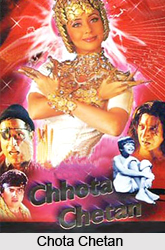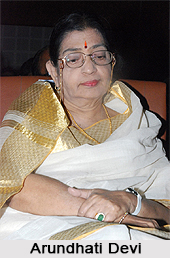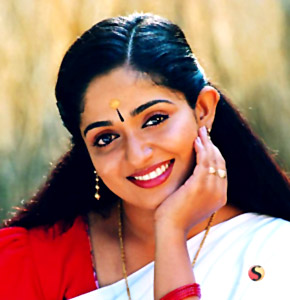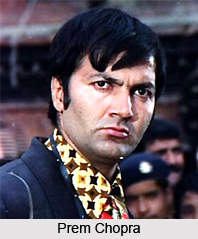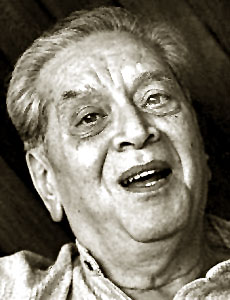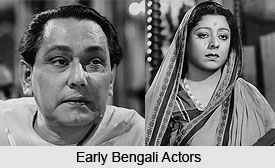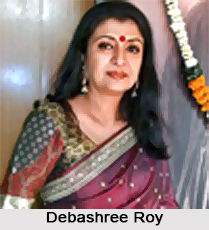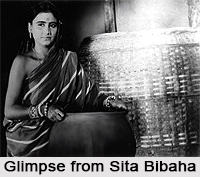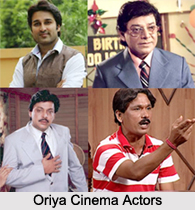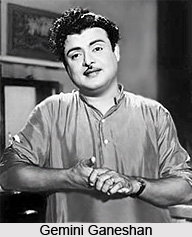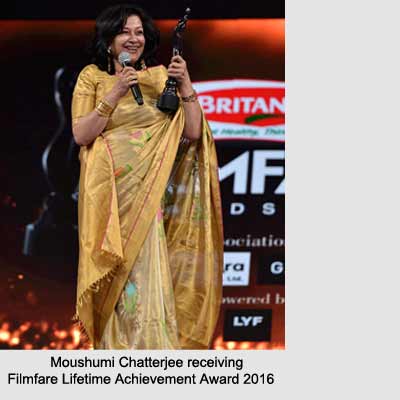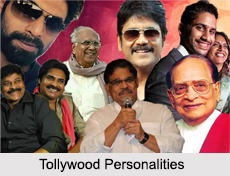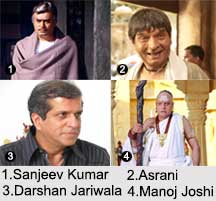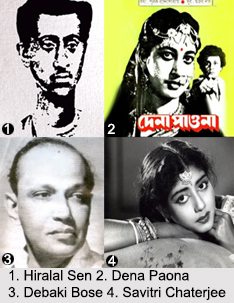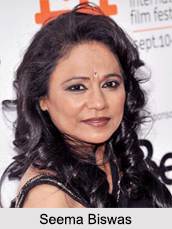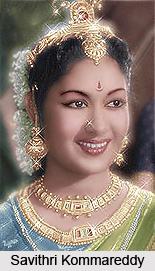 The National Film Archive of India has a record of about 1313 silent films produced in India in the last 22 years. It was one of the most productive eras of the Indian cinema. From the beginning, as everywhere in the world, silent films had musical accompaniments. The Indian Films had a small orchestra of Indian music, usually consisting of traditional instruments as the `tabla`, `sarangi` and the `harmonium`. With the advent of the Silent Era in the film industry there evolved slowly but steadily several genres for the Indian films.
The National Film Archive of India has a record of about 1313 silent films produced in India in the last 22 years. It was one of the most productive eras of the Indian cinema. From the beginning, as everywhere in the world, silent films had musical accompaniments. The Indian Films had a small orchestra of Indian music, usually consisting of traditional instruments as the `tabla`, `sarangi` and the `harmonium`. With the advent of the Silent Era in the film industry there evolved slowly but steadily several genres for the Indian films.
Chronologically, the first Indian fiction film was a religious film, Pundalik (1912). It was directed by Nanabhai Govind Chitre, Ram Chandra Gopal Torney and PR Tippins. The directors were ardent followers of Marathi theatre. The film was based on a well-known play by Tippins on a Hindu holy man of Maharashtra. But the real pioneer of Indian cinema in all its various facets was the extraordinary Dhundiraj Govind Phalke. He was affectionately called Dadasaheb Phalke. Considered the `father of Indian Cinema`, he was the first real professional. Being politically and technically aware he persuaded that the Indian cinema should be made by and for Indians, whether it was narrative films or educational and scientific documentaries.
Phalke`s Raja Harishchandra set the genre of the mythological films. The mythological themes proved helpful for the silent films, as the stories were widely known. These films with their atmosphere of the fantastic and religious devotion had attracted huge crowds. This immediate and profound `Indianisation` of Indian cinema from its very birth demarcated its separate identity even before the explosion of the talkies of Hollywood cinema in 1930s. Some of the Indian movies of Silent Era include Bhakta Vidur, Bilwamangal, Daughters of Today, Gurjar Veer, Devdas (1928), Lanka Dahan, Mohini Bhasmasur, Prem Sanyas, Pushpaka Vimana and many more.
This article is a stub. You can enrich by adding more information to it. Send your Write Up to content@indianetzone.com
